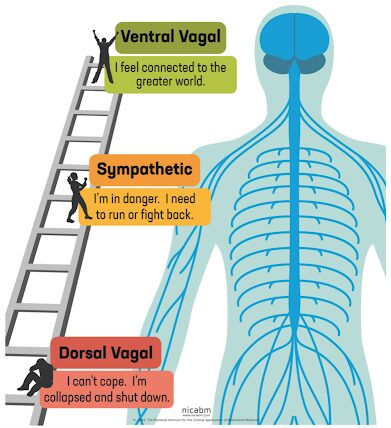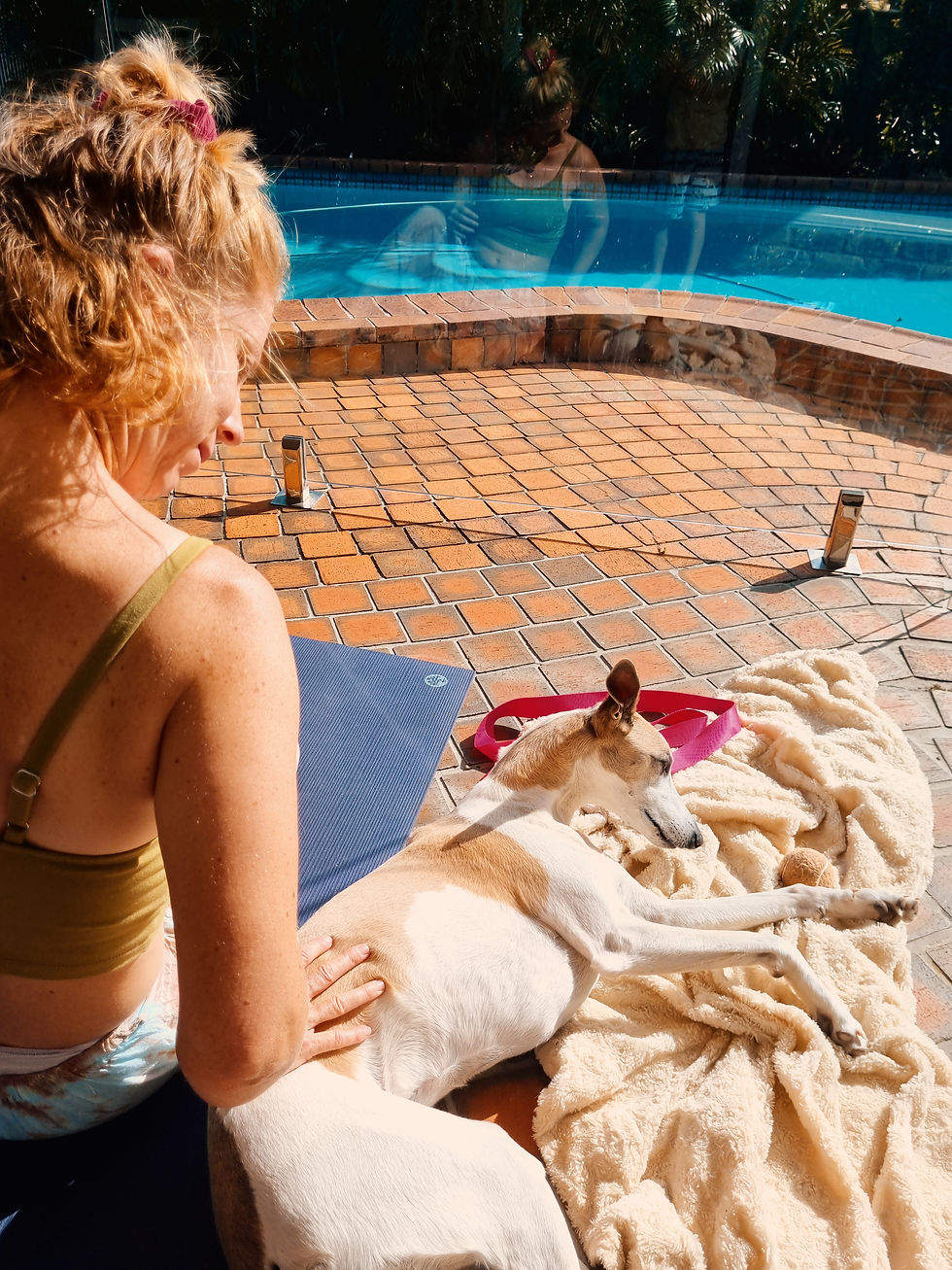From Detachment to Embodiment: My Journey Through Depersonalisation
- Nicole Fitch
- Nov 30, 2024
- 4 min read
Depersonalisation (DP) is a disorienting experience where you feel detached from yourself as if observing your life from the outside. If you've found my blog while searching for answers, I want to offer you hope. You are not alone, and recovery is possible.
The First Encounter
The first time I experienced depersonalisation, I was 19 years old. After a big night out, I looked in the mirror and felt a strange sense of detachment—as though the person staring back wasn’t me. This was the early 2000s, and I didn’t have access to the wealth of information we have today. I had no idea what was happening to me and assumed I was "going crazy."
Looking back now, I understand I was experiencing a dorsal shutdown—a state in which the nervous system essentially "hits the brakes" after being in overdrive for too long.
Understanding Dorsal Shutdown
You’ve probably heard of the fight-or-flight response, which activates when we face danger. But when stress becomes chronic, the nervous system may enter a third state: dorsal shutdown. It’s a survival mechanism, much like when a zebra plays dead to avoid a predator. The body numbs itself to protect you from feeling overwhelming emotions.
For me, this felt like being a ghost—disconnected from myself and the world around me. Life seemed to move on without me, and I desperately wanted to feel "normal" again. At the time, I didn’t know what was happening, so I rode the wave of this detachment until, thankfully, the colour returned to my life.
The Turning Point
At 24, I discovered yoga, and it became my lifeline. For the first time, I began to reconnect with my body and my breath. Yoga taught me that I couldn’t outrun my stress—I had to face it with care and compassion. Slowly, I started to heal, learning that true recovery required tending to my mind and body with a holistic approach.
Western healthcare was essential, but so were Eastern philosophies like yoga and grounding practices. Together, they gave me the tools I needed to manage my mental health and regain a sense of embodiment.
When DP Returned
Years later, depersonalisation resurfaced in the lead-up to my wedding. I had been out of balance for years, and my nervous system finally froze again. This time, I felt certain I was losing my mind. However, my psychologist reassured me:"Crazy people don’t think they’re crazy; they believe they’re normal."
That insight gave me hope, and I committed to recovery. But it was a battle—I remember running and chanting, "Strength, courage," in an effort to escape my symptoms. It didn’t work. Instead, I had to surrender, strip everything back, and find myself again.
During our honeymoon, I experienced DP for most of the trip. I kept a journal, mapping out a timeline of my life to connect the dots. One early morning, I woke to watch the sunrise at our hotel. As the sky brightened, I felt a glimmer of hope—a sign that healing was possible.
Tools That Helped Me Recover
Recovering from DP is a journey that takes time, patience, and commitment. Here are the tools that were pivotal for me:
Yoga and Embodiment: Moving my body and connecting with my breath allowed me to feel grounded. Yoga gave me a space to just be, without needing a narrative.
Grounding Practices: Walking barefoot, riding my bike, and feeling fresh air on my face helped me reconnect with the present moment.
Acceptance Commitment Therapy (ACT): This therapeutic approach taught me to live in alignment with my values, even when I didn’t feel "in my body."
Daily Habits: Maintaining healthy routines like eating well, regular movement, socialising, and mindfulness created stability and structure. Connecting with loved ones, even when it felt challenging, reminded me that I wasn’t alone and helped me stay engaged with life.
In time, my psychologist's words came true: I began to notice more moments of joy and presence. I vividly remember the first time I felt joy again—watching the sunrise barefoot on the sand. I jumped up and down, overcome with gratitude. I was coming back to me.
Learning About the Nervous System
It wasn’t until 2019 that I discovered Polyvagal Theory, developed by Dr. Stephen Porges. This framework explains how the nervous system works and why we experience states like dorsal shutdown. Learning that my symptoms were a natural response to chronic stress was a revelation—it allowed me to understand and work with my body rather than against it.
A Message of Hope
If you’re experiencing depersonalisation, know that you are not alone. Recovery takes patience, but with the right tools and support, it’s possible to reclaim your life. Today, I use the knowledge of my nervous system to stay balanced and grounded.
I want to normalise these feelings and give others the tools to navigate back to a regulated nervous system. Whether it’s through yoga, grounding, or therapy, there is a path forward.
If you have questions or want to share your story, please leave a comment below—I’d love to hear from you.
Key Resources
Practice: Yoga, grounding, and acceptance techniques.
You are not alone, and recovery is possible. Together, we can shed light on this journey and find hope.








Comments